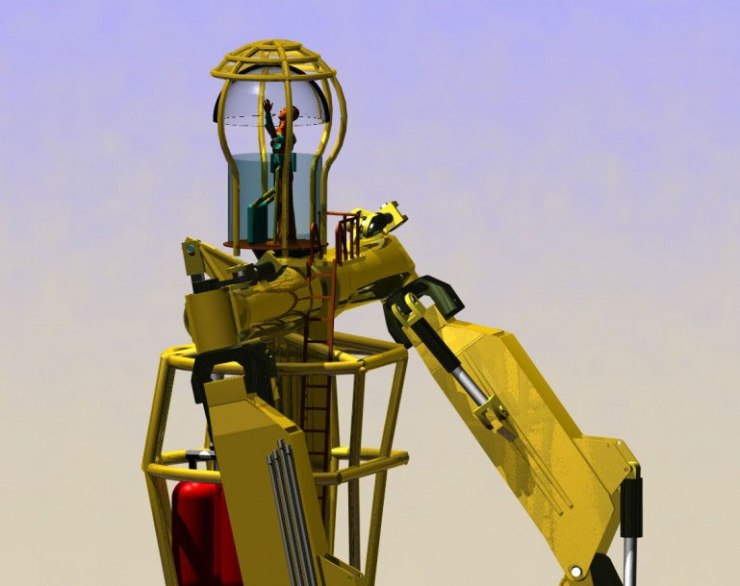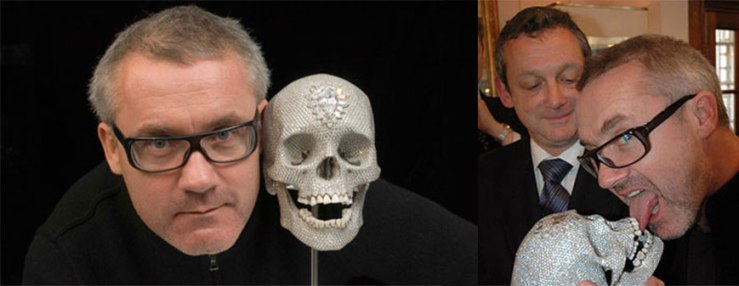
Had Damien Hirst, Jeff Koons, or Paul McCarthy come up with this, and it were exhibited in front of an art museum, it would be the crowning achievement of their careers. It’s a 70ft robot that juggles Volkswagen Beetles.
When looked at it with the eyes that view giant flower puppies, colossal turds, or mammoth replicas of anatomical educational toy models as high art, the robot with its chugging diesel generators and hydraulic arms hoisting Volkswagen Bugs in the air and catching them with the sound of crushing metal, high above our heads, strikes awe in the heart of the contemporary art aficionado.

The mechanical monster will be controlled by a professional juggler wielding controls in the robot’s head, or it can also be controlled from the ground. Imagine Hirst, Koons, or even Marina Abramović (for the performance art touch) at the controls.


One may look at the giant robot and think, “It’s not fair to compare that to art. It is going to cost an estimated $2.3 million to make, and uses a design team that had constructed mechanisms for Space Shuttle flights.” But we also know that Damien Hirst’s “For the Love of God” cost $23,000,000 (ten times as much), he has hundreds of assistants and hired some of the best jewelers in the world to make the piece in question.

Consider Koons’ planned sculpture “Train”: a full-sized replica of a 1943 steam locomotive suspended from a crane. A crane dangling a train has a lot of overlap with a robot flipping cars in the air. The Koons art work, however, was also going to run ten times the cost of the robot.

And this raises some sticky questions. How can lofty conceptual art be trounced by something that calls itself neither art nor conceptual, and appears to have nothing to do with that framework? If the robot isn’t art, than is Puppy, Complex Shit or Virgin Mother art? And if the robot IS art, than is Dan Granett a greater artist than the most famous living artists (excepting McCarthy, who is just too gross to be easily celebritized)?
Or do we need to rethink what visual art is, and whether or not bigger and badder is better? Could visual art be more truly about visual language (composition, color, modeling, subject matter, beauty, truth, meaning,…), and what’s communicated through that language? And does one need visual literacy to appreciate it? It might be time to re-evaluate, because someone beat us at our own monumental-conceptual-art-spectacle game without even trying.
~ Ends



Reblogged this on strikethrough blog and commented:
interesting article about a big robot project to juggle cars.
LikeLike